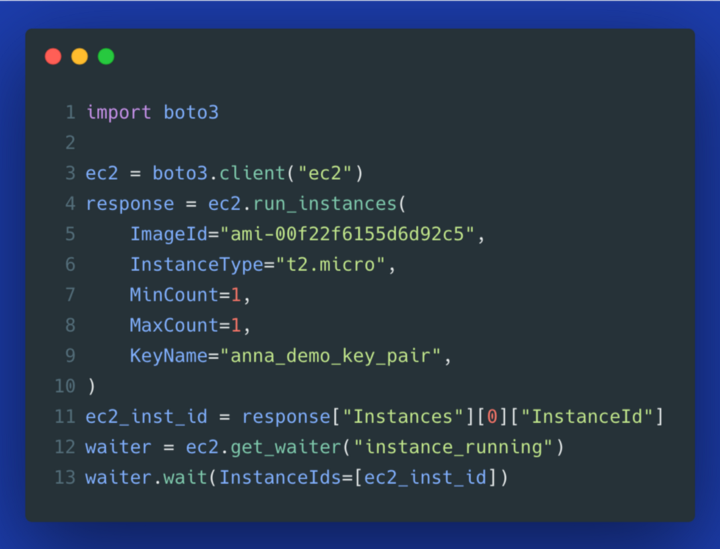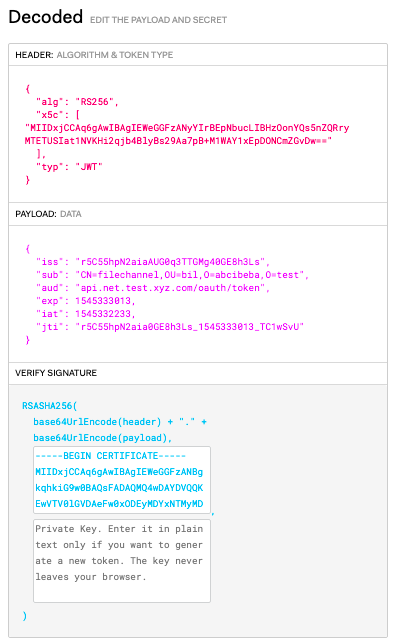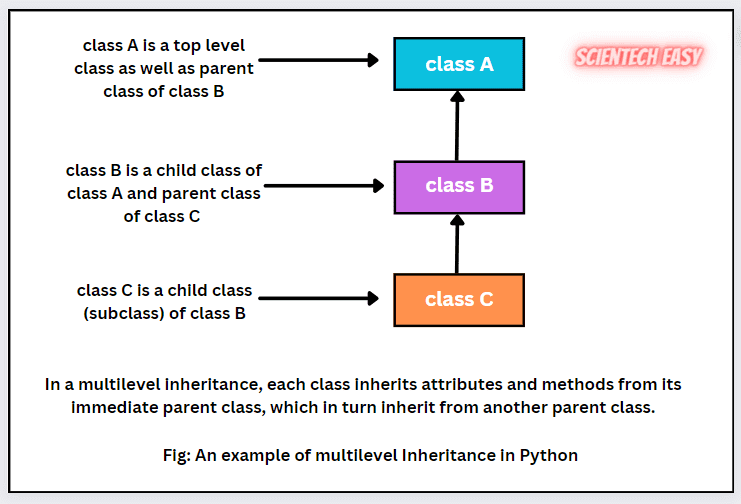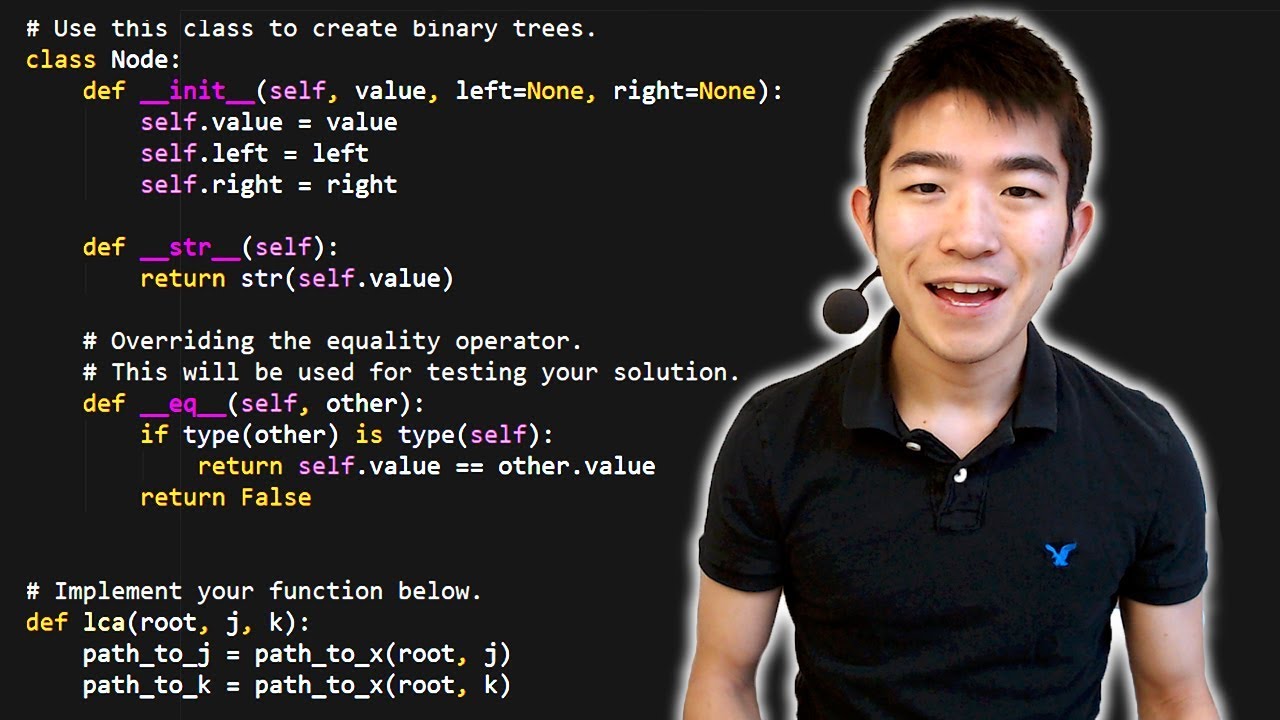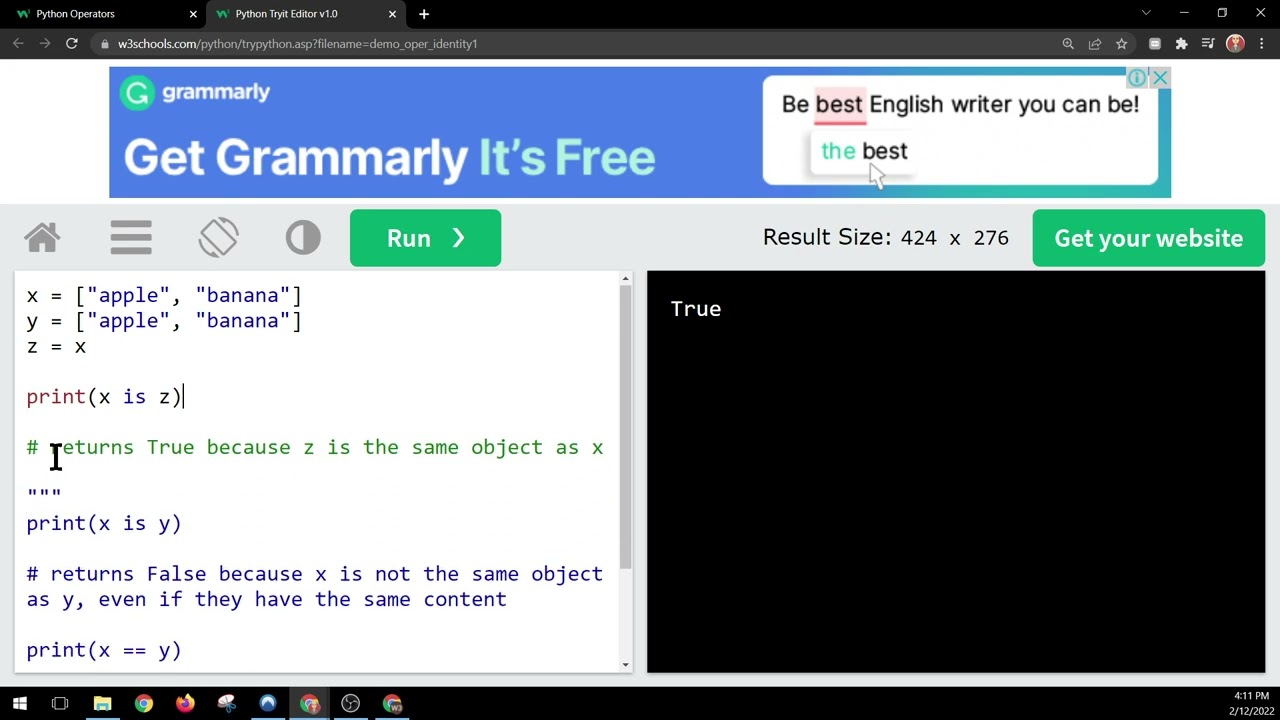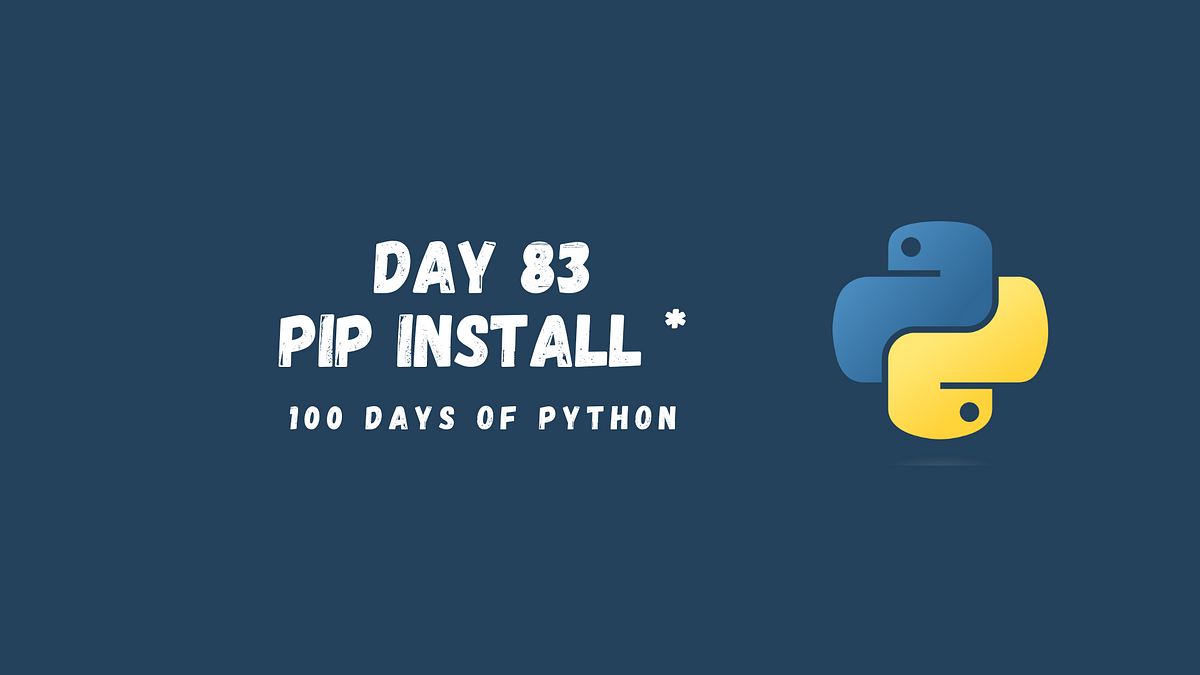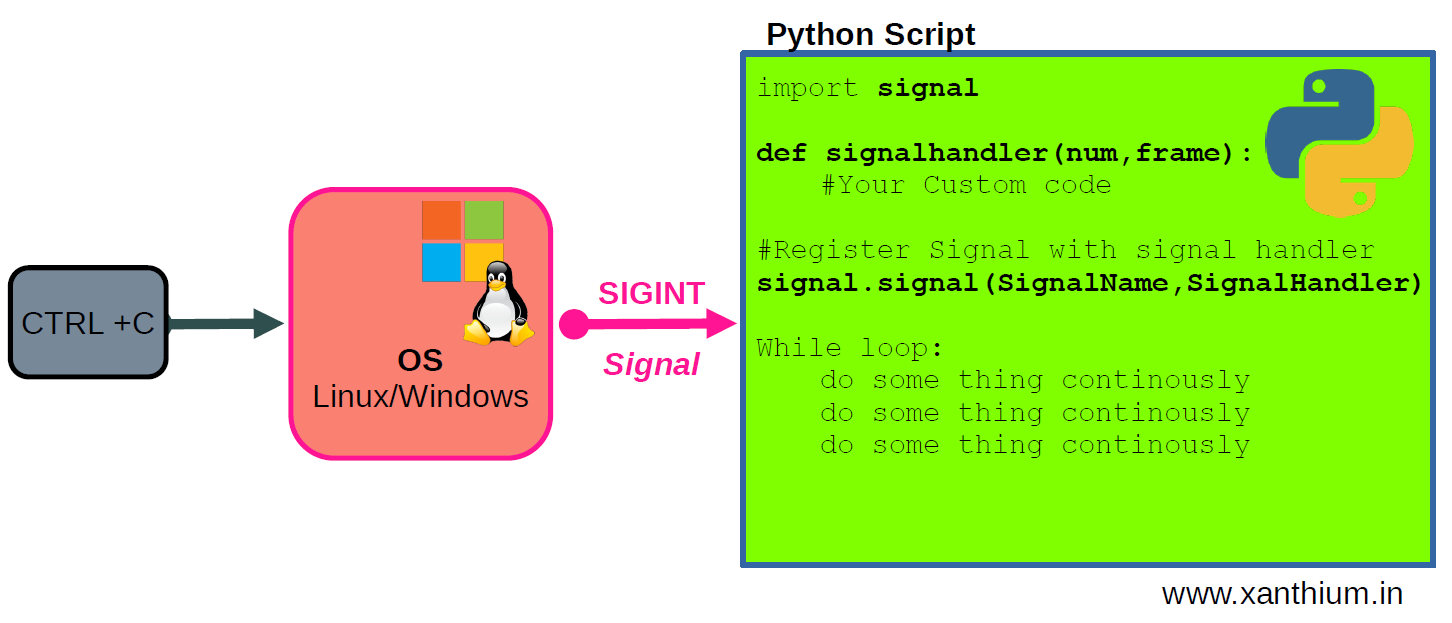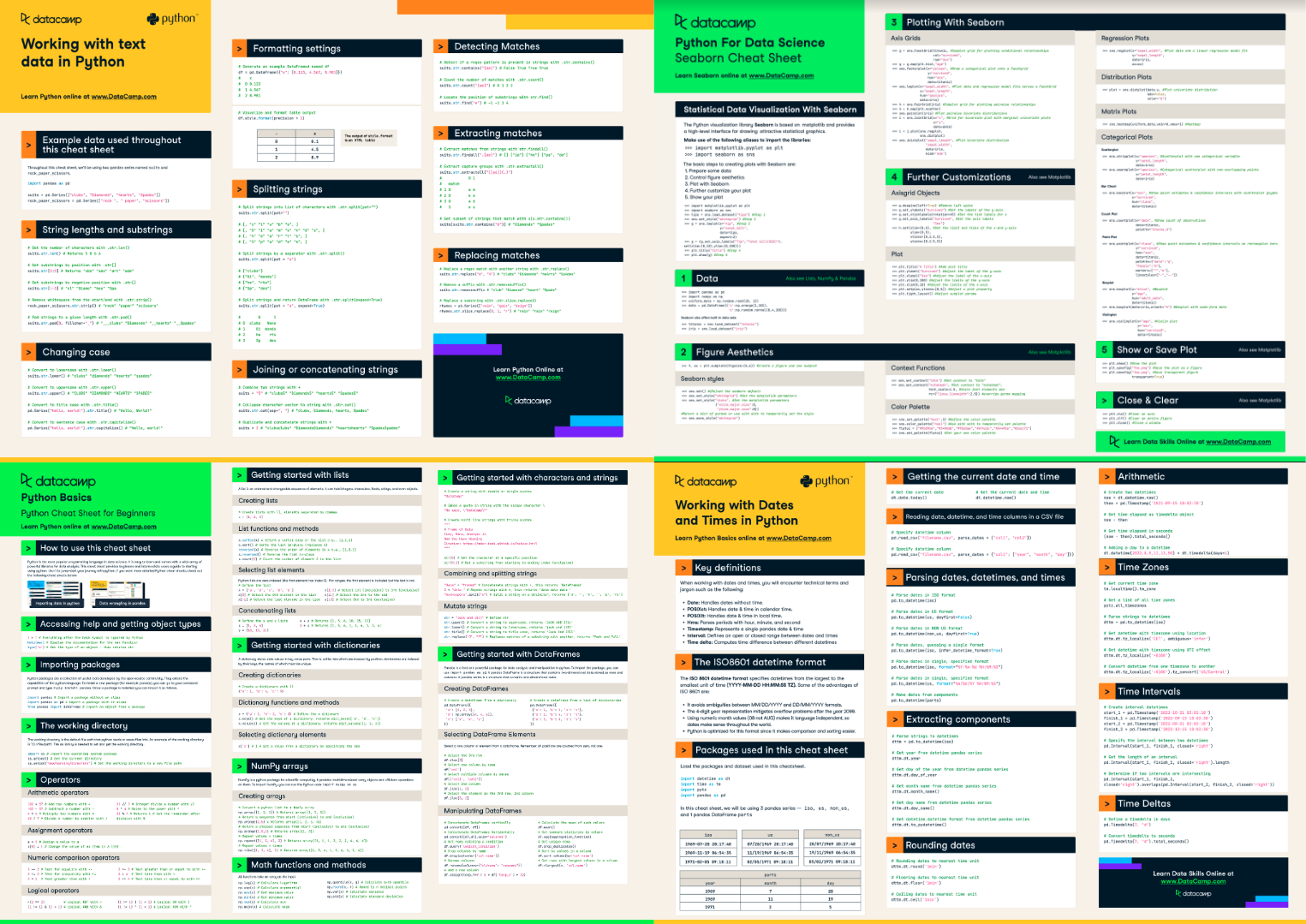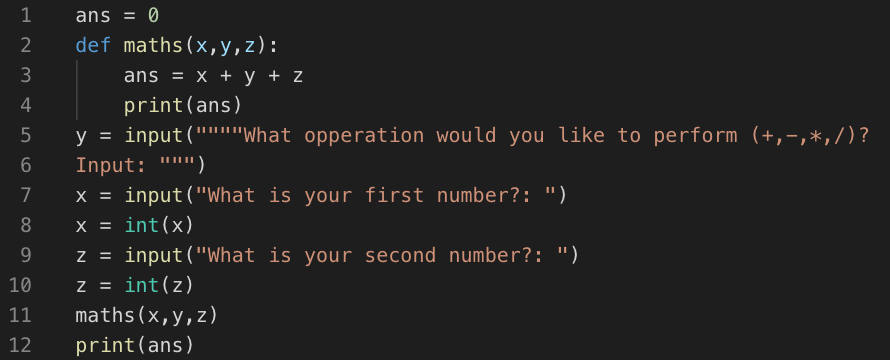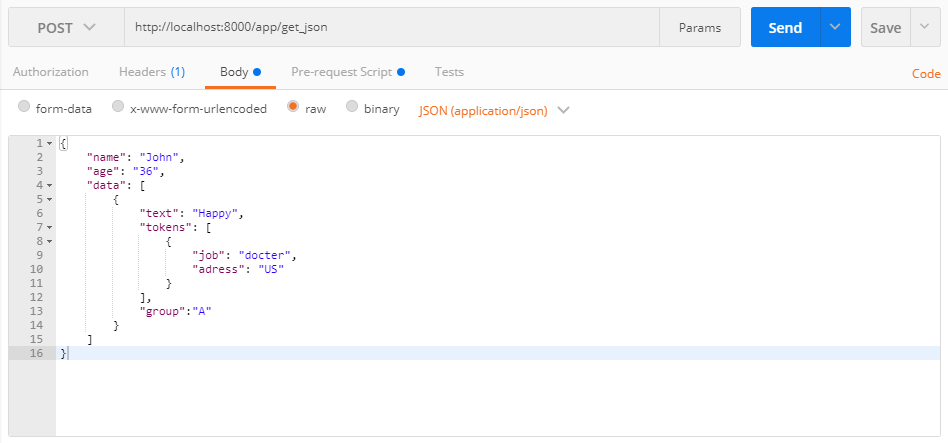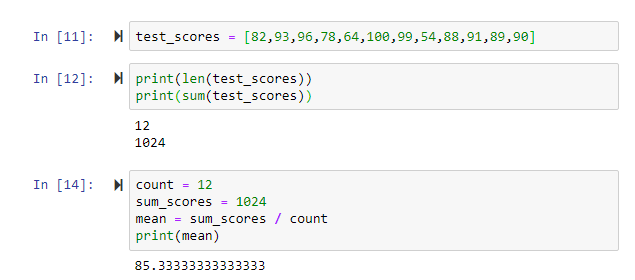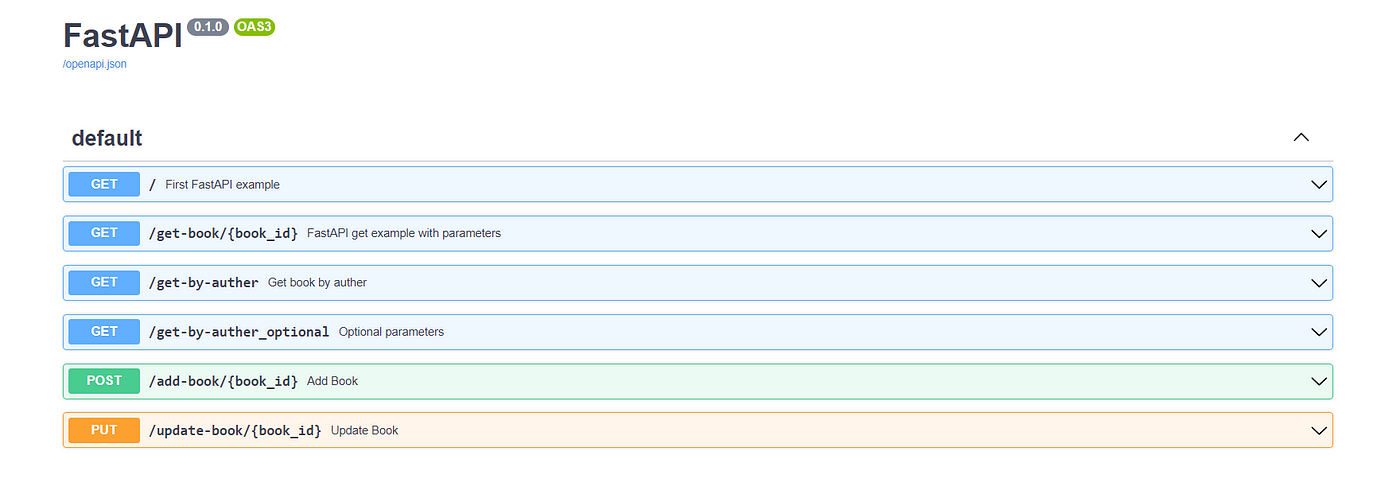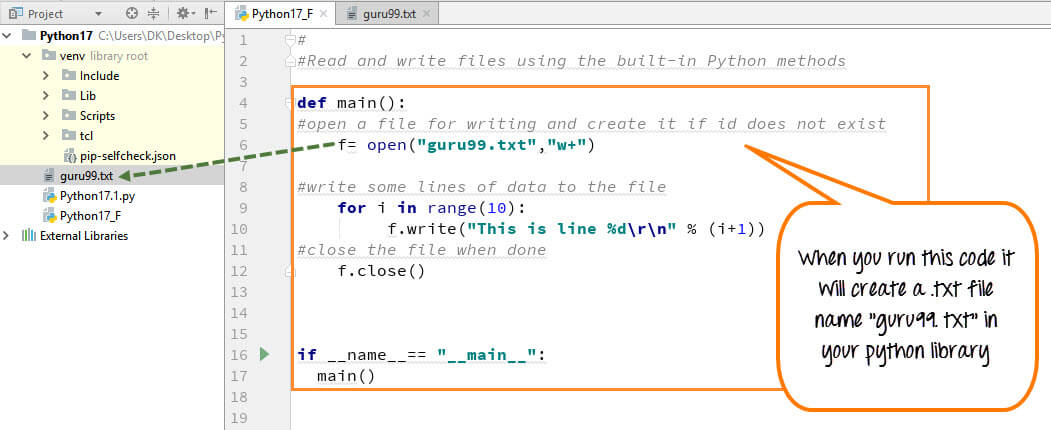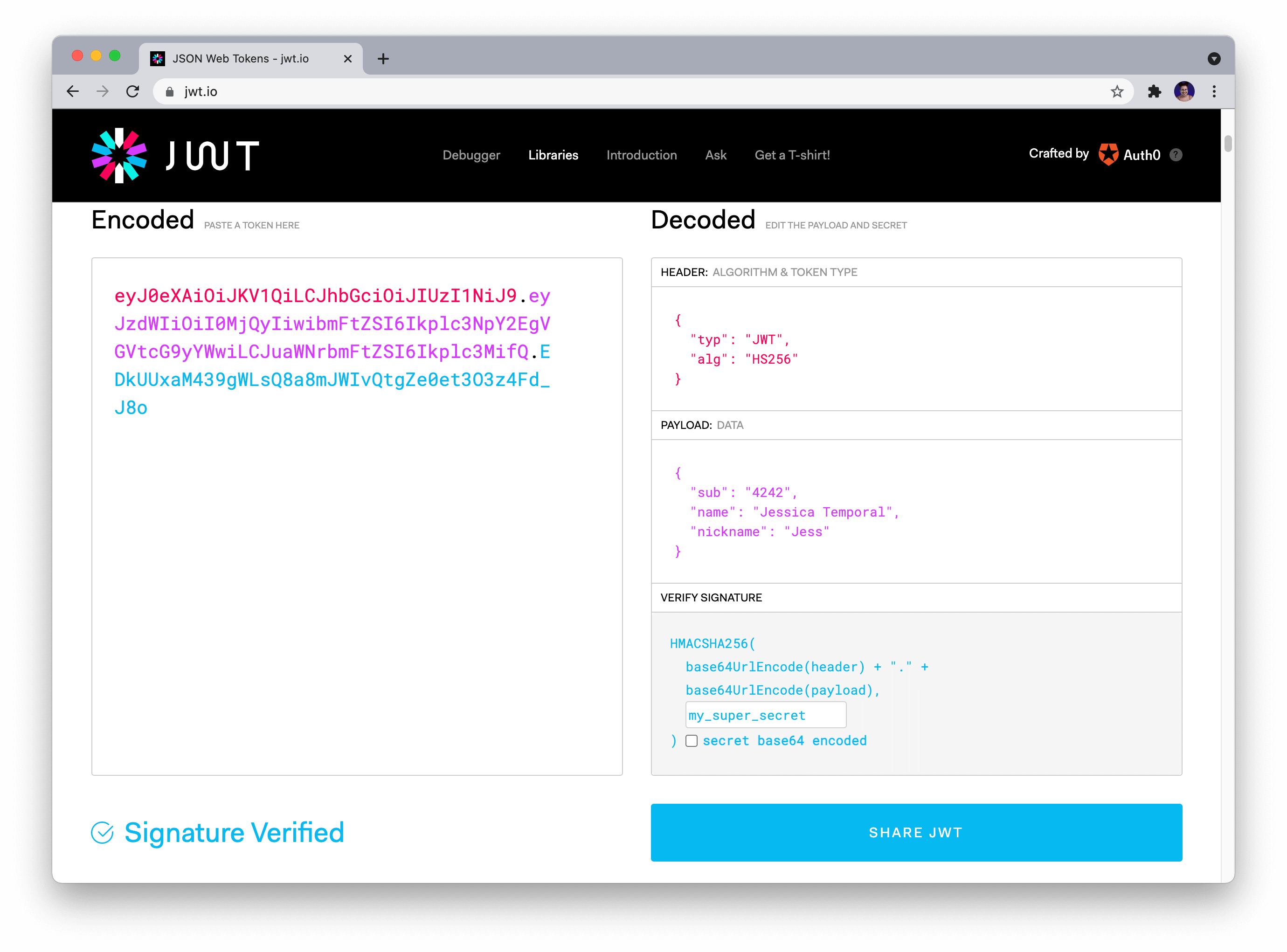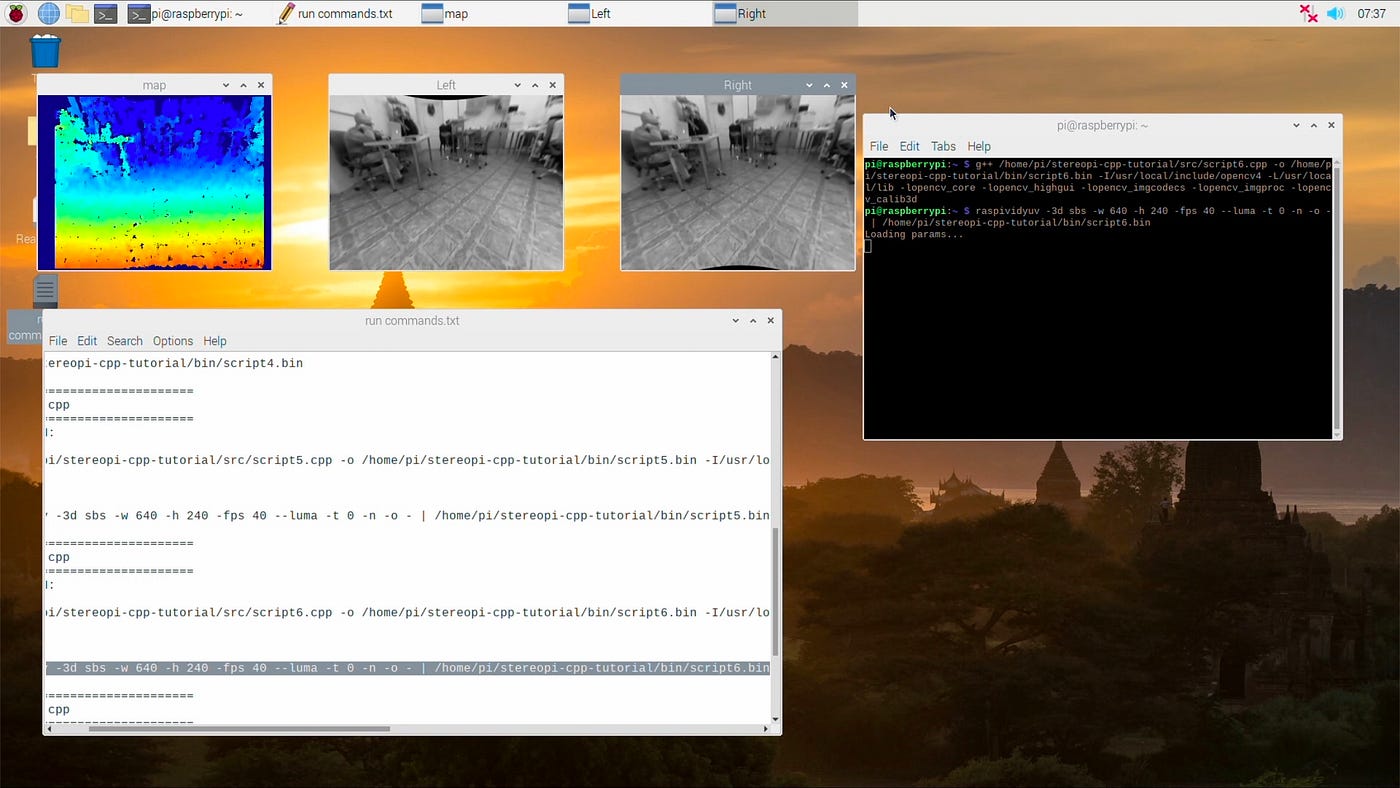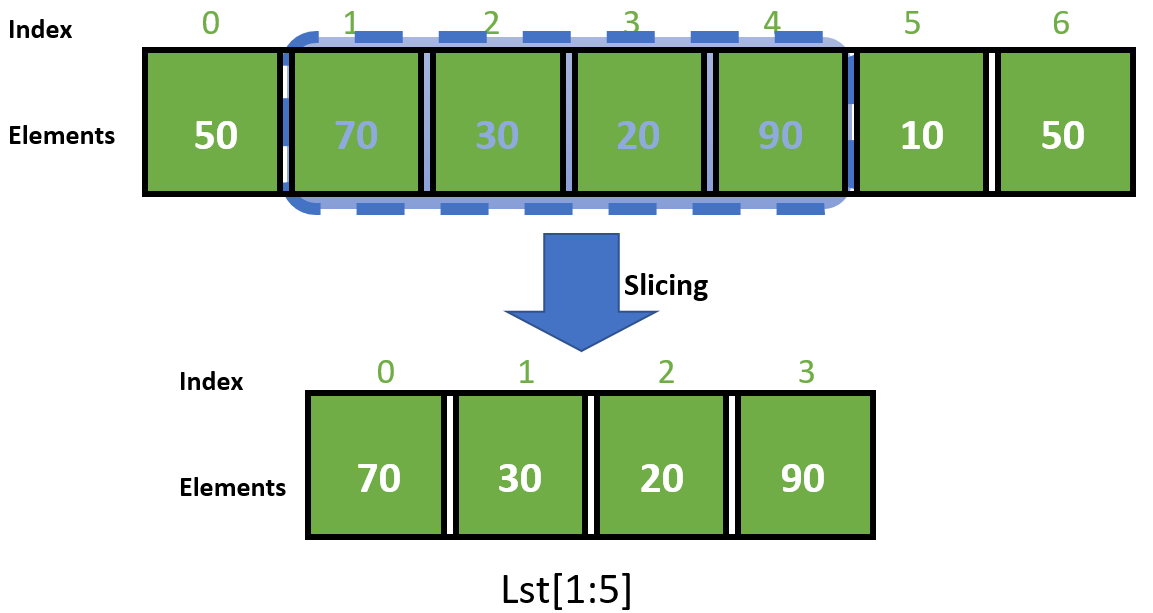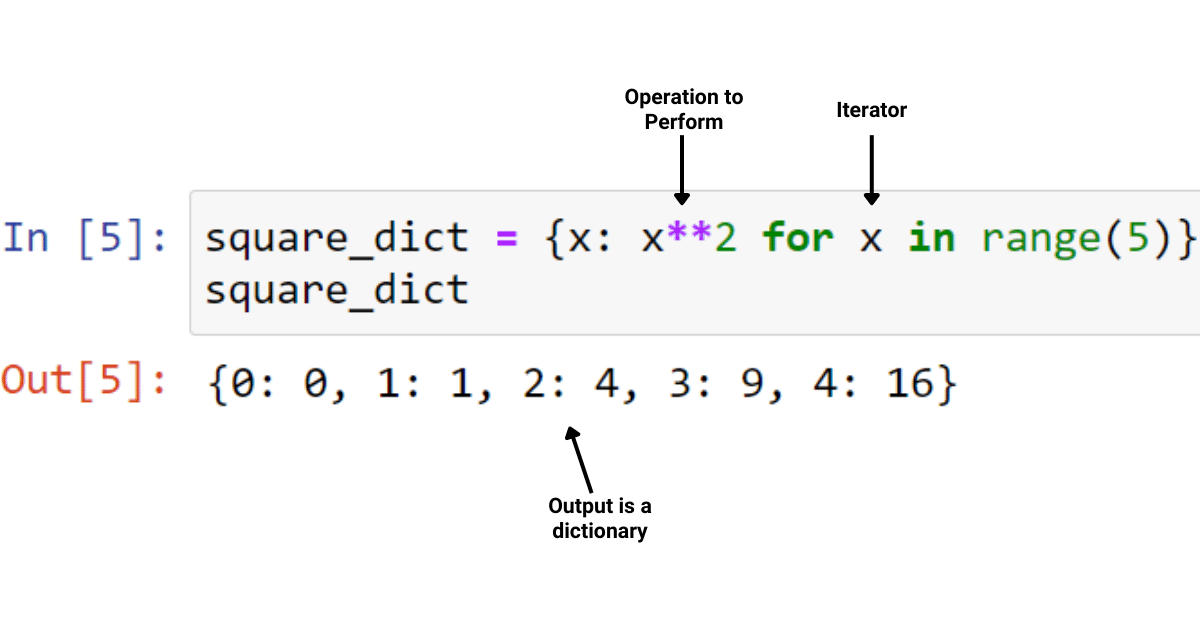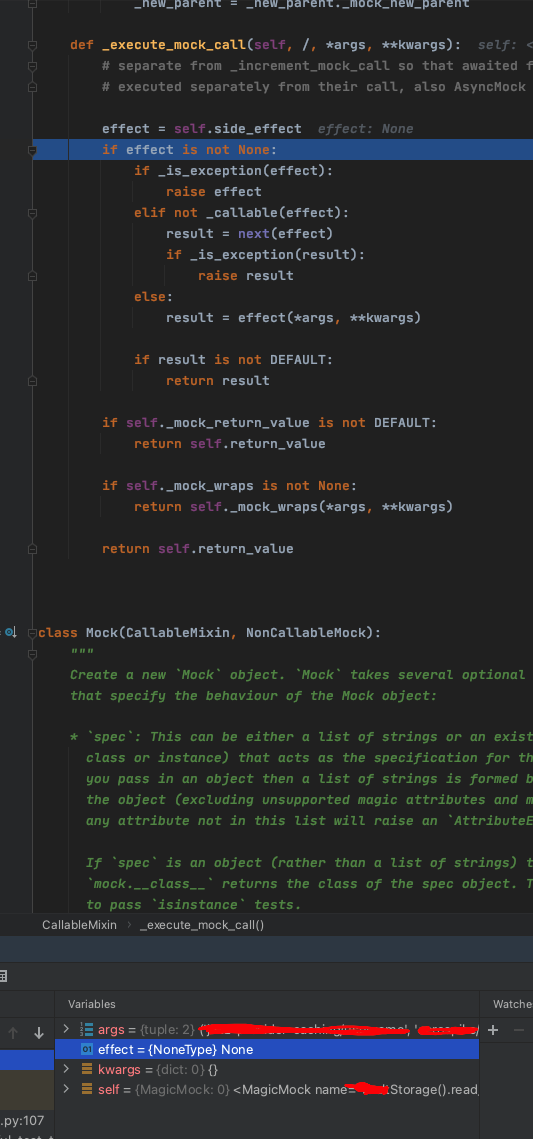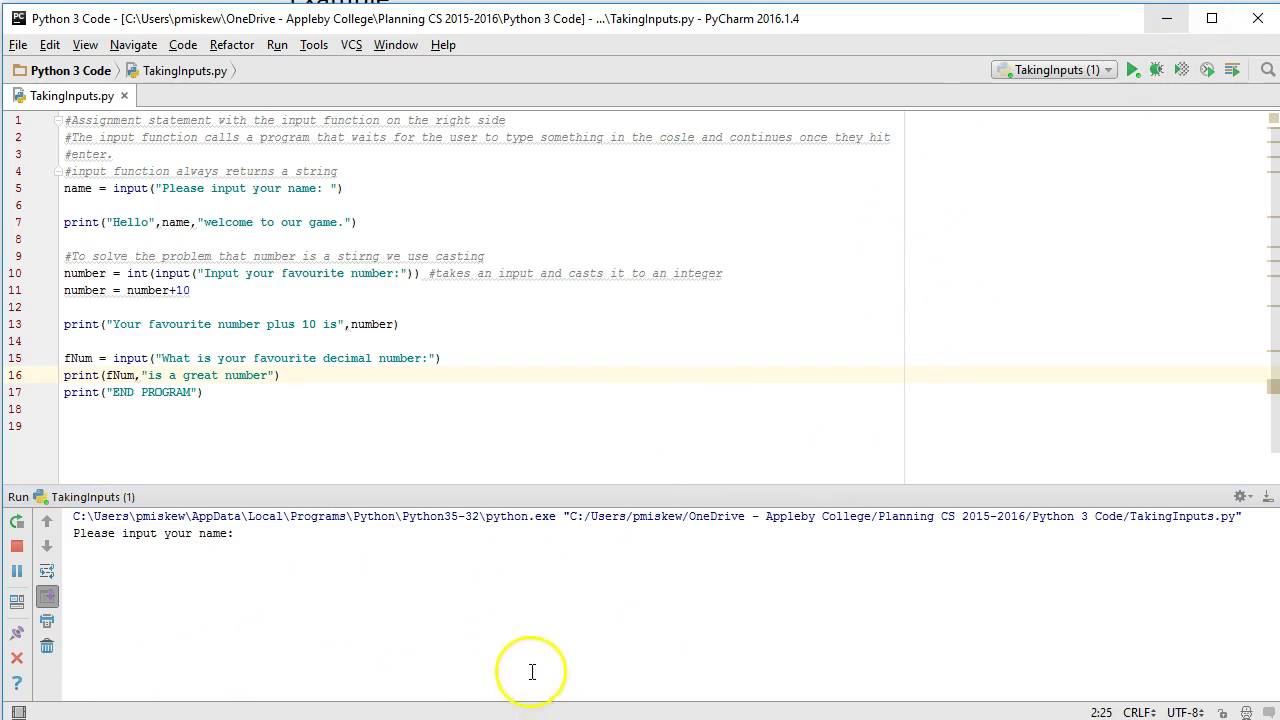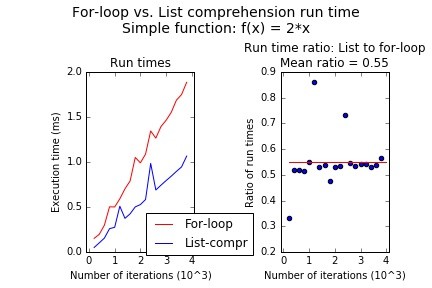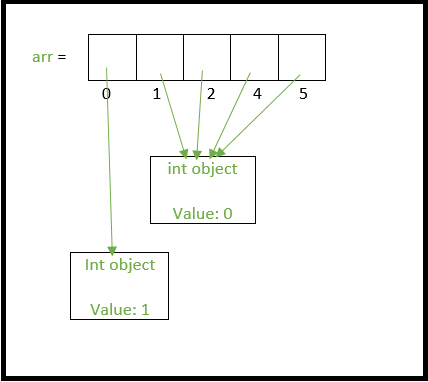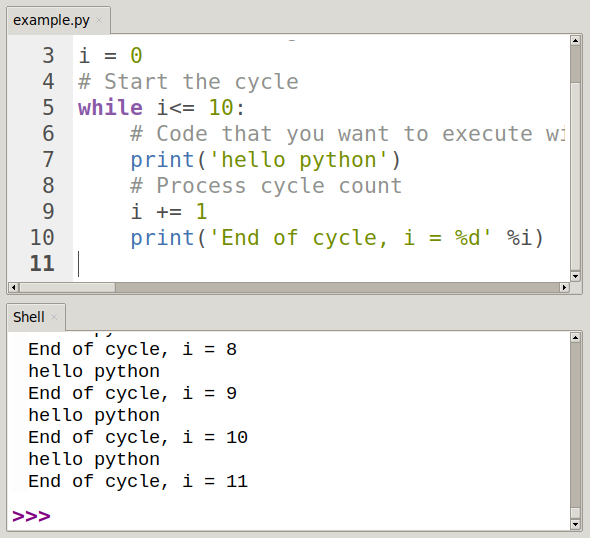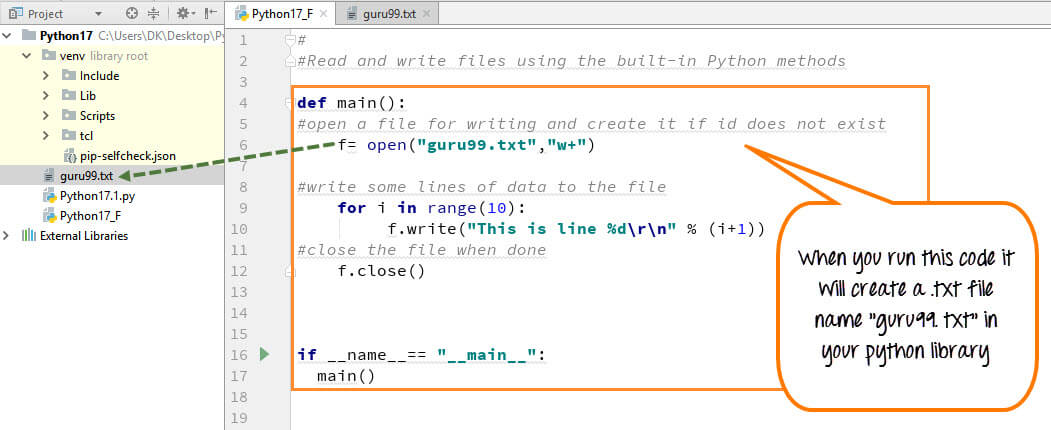Python graphql tutorial geeksforgeeks
Python graphql tutorial geeksforgeeks
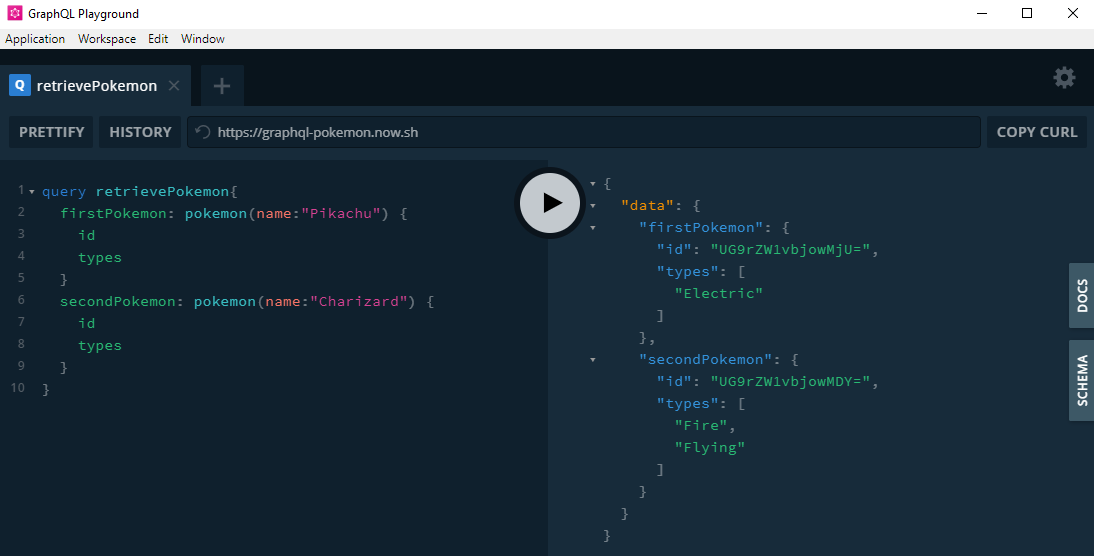
Here is a detailed GraphQL tutorial using Python:
What is GraphQL?
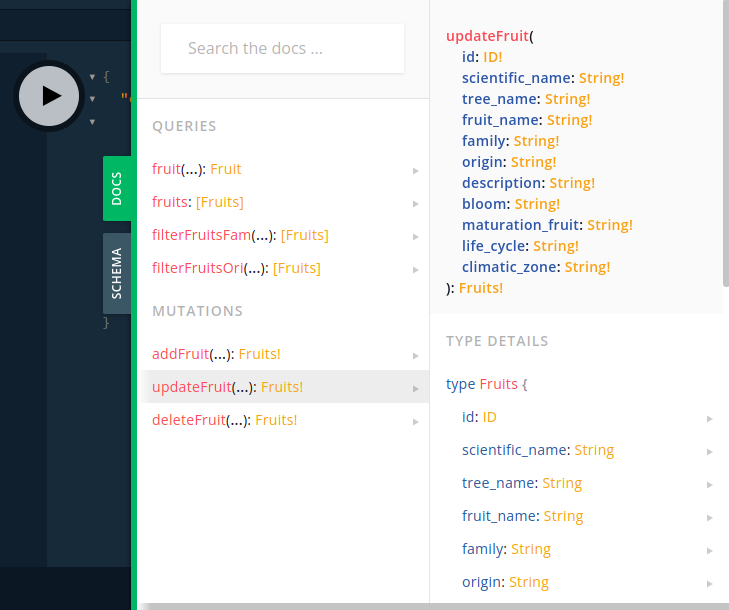
GraphQL is a query language for APIs that allows clients to specify exactly what data they need and gets it in one request, reducing the overhead of multiple requests. It's a more efficient way to fetch or mutate data from a server.
Setting up GraphQL in Python
To use GraphQL in Python, you'll need to install the following libraries:
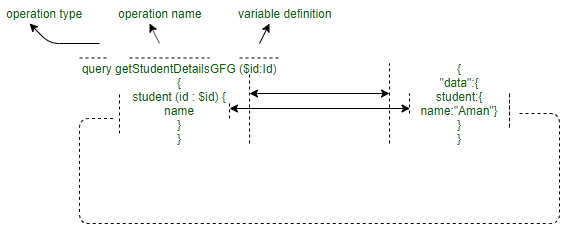
flask for building the API graphene for implementing GraphQL schema and resolvers
Here's how to set it up:
pip install flask graphene
Defining the Schema
In GraphQL, a schema defines the types of objects that are available in your API. In this example, we'll create a simple schema with two types: Person and Book.
First, import the necessary libraries and define the schema:
from graphene import Schema, ObjectType, String, List
class Book(ObjectType):
title = String()
author = String()
class Person(ObjectType):
name = String()
books = List(Book)
schema = Schema(query=Query)
Resolvers
In GraphQL, resolvers are functions that retrieve the actual data for a query. For our schema, we'll need to define resolvers for Person and Book.
Here's an example of how you might define the resolvers:
class Query(ObjectType):
person = graphene.Field(Person)
def resolve_person(self, info):
return {
'name': 'John Doe',
'books': [
{'title': 'Book 1', 'author': 'Author 1'},
{'title': 'Book 2', 'author': 'Author 2'}
]
}
Handling Queries
Now that we have our schema and resolvers set up, we can start handling queries. GraphQL provides a variety of query types:
Query: retrieves data from the API Mutation: modifies data in the API
Let's create a simple query to retrieve all persons:
@app.route('/graphql', methods=['POST'])
def graphql_api():
request_data = request.get_json()
query = request_data['query']
result = schema.execute(query)
return jsonify(result.data)
Handling Mutations
Mutations are used to modify data in the API. Here's an example of how you might define a mutation to create a new book:
class Mutation(ObjectType):
create_book = graphene.Field(Book)
def resolve_create_book(self, info):
title = input('Enter the book title: ')
author = input('Enter the book author: ')
return Book(title=title, author=author)
Example Usage
Here's an example of how you might use the GraphQL API to retrieve all persons and create a new book:
curl -X POST
http://localhost:5000/graphql
-H 'Content-Type: application/json'
-d '{"query": "query{ person { name, books { title author } } }"}'
{
"person": {
"name": "John Doe",
"books": [
{
"title": "Book 1",
"author": "Author 1"
},
{
"title": "Book 2",
"author": "Author 2"
}
]
}
}
curl -X POST
http://localhost:5000/graphql
-H 'Content-Type: application/json'
-d '{"query": "mutation{ create_book { title author } }"}'
{
"create_book": {
"title": "New Book",
"author": "Author X"
}
}
This is a basic example of how to use GraphQL with Python. For more complex applications, you may need to consider security and performance considerations.
GraphQL Python

Here's an overview of GraphQL in Python:
GraphQL is a query language for APIs that allows clients to request specific data from the server without having to retrieve a full dataset. It was created by Facebook and has since become a widely-used technology for building APIs.
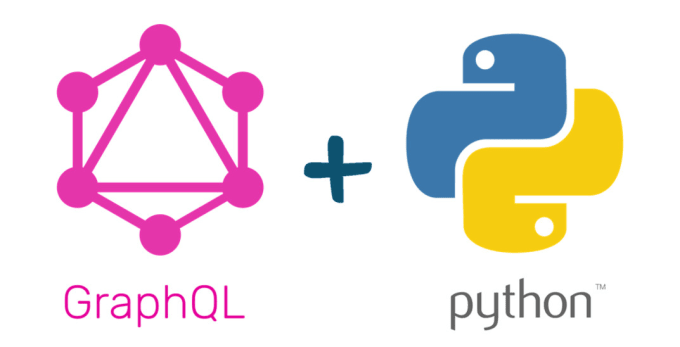
In Python, there are several libraries that allow you to use GraphQL in your projects. One of the most popular ones is Graphene, which provides a simple and intuitive way to create GraphQL schemas and resolvers.
To start using Graphene in Python, you first need to install it using pip:
pip install graphene
Once installed, you can define your GraphQL schema using the Node class from Graphene. Here's an example of how you could do this:
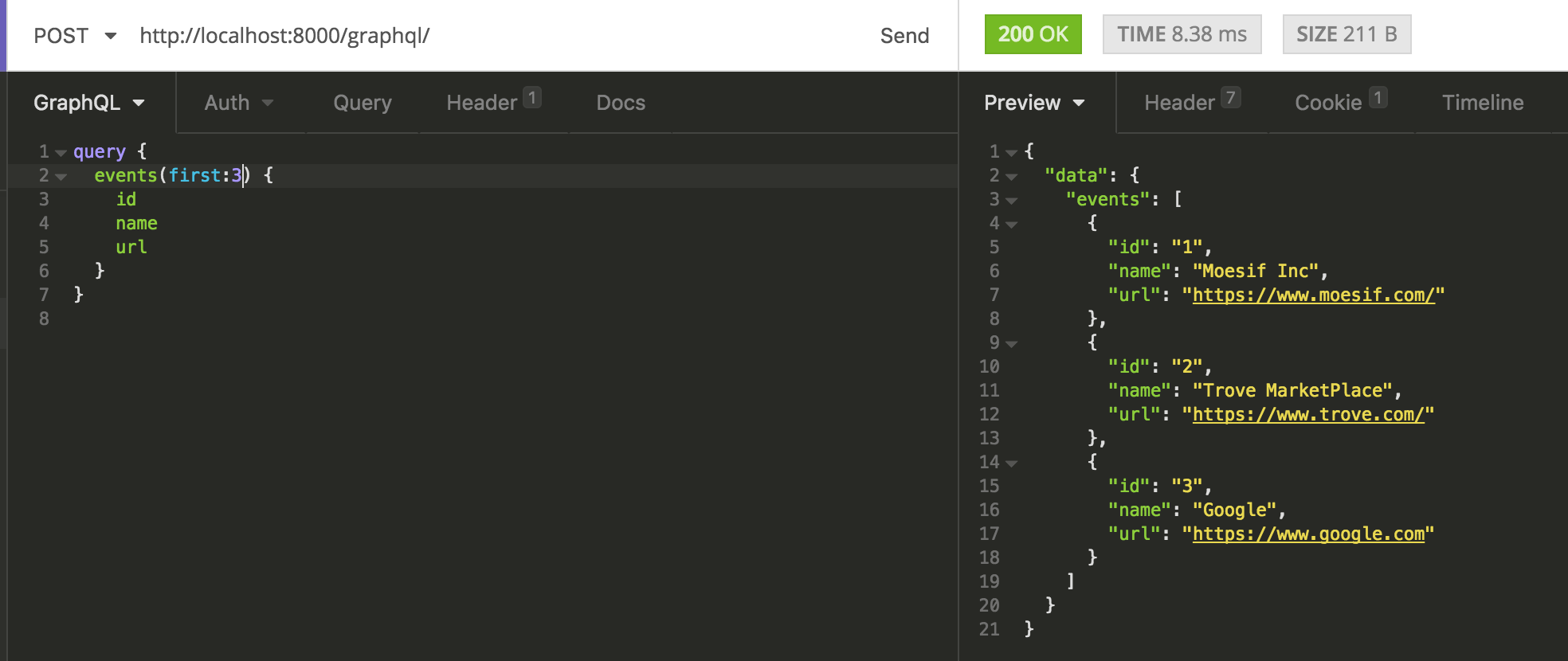
import graphene
class Book(graphene.ObjectType):
title = graphene.String()
author = graphene.String()
class Query(graphene.ObjectType):
book = graphene.Field(Book)
def resolve_book(self, info):
return {
'title': 'To Kill a Mockingbird',
'author': 'Harper Lee'
}
schema = graphene.Schema(query=Query)
In this example, we define two classes: Book, which represents a book with a title and an author, and Query, which provides a single field called book that returns a Book object. The resolve_book method is used to resolve the book field.
Once you have defined your schema, you can use Graphene's built-in support for GraphQL queries to create a RESTful API that accepts GraphQL queries. Here's an example of how you could do this:
from flask import Flask
import json
from graphql import GraphQLSchema
app = Flask(name)
Create a GraphQL schema and attach it to our Flask app
schema = graphene.Schema(query=Query)
graphql_app = GraphQLApp(schema=schema)
@app.route('/graphql', methods=['POST'])
def graphql_view():
query_string = request.get_data(as_text=True)
result = json.loads(graphql_app.execute(query_string).data)
return jsonify(result)
In this example, we create a Flask app that accepts POST requests to /graphql and uses Graphene's built-in support for GraphQL queries to execute the query. The results are then returned as JSON.
This is just a basic example of how you could use GraphQL with Python. Depending on your specific requirements, you may need to add additional functionality or libraries to handle things like authentication, caching, and error handling.
One thing that's nice about Graphene is that it provides built-in support for several types of queries, including:
query: This type of query can be used to retrieve data from the server. For example, you could use a query like { book { title } } to retrieve just the title of a book. mutation: This type of query can be used to modify data on the server. For example, you could use a mutation like mutation CreateBook { createBook(title: "New Book") } to add a new book to the database. subscription: This type of query can be used to subscribe to updates from the server. For example, you could use a subscription like { bookChanged { title } } to receive notifications whenever a book's title changes.
Overall, GraphQL is a powerful tool that can help make your API more flexible and easy to use. With Graphene, you can easily add support for GraphQL queries to your Python projects.
